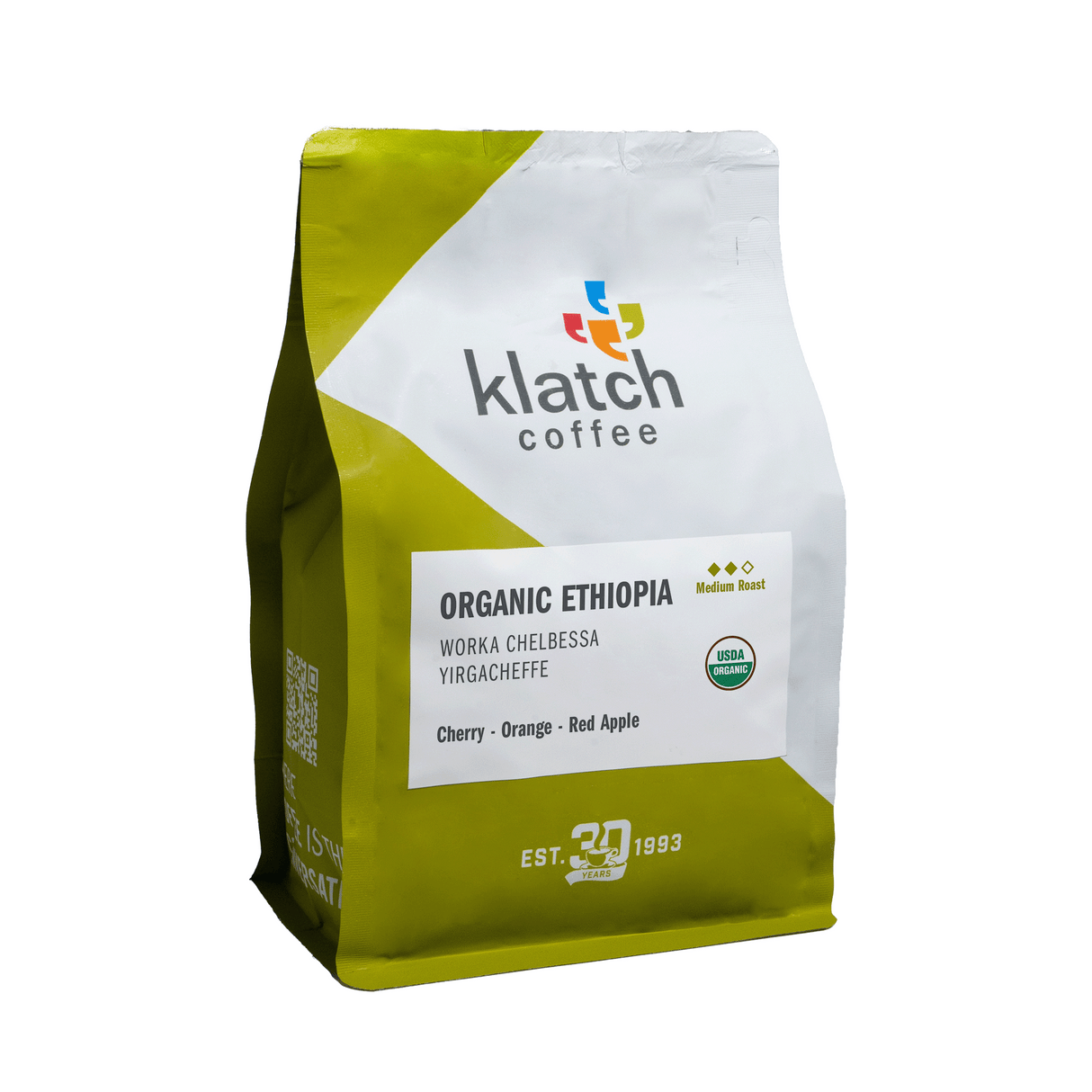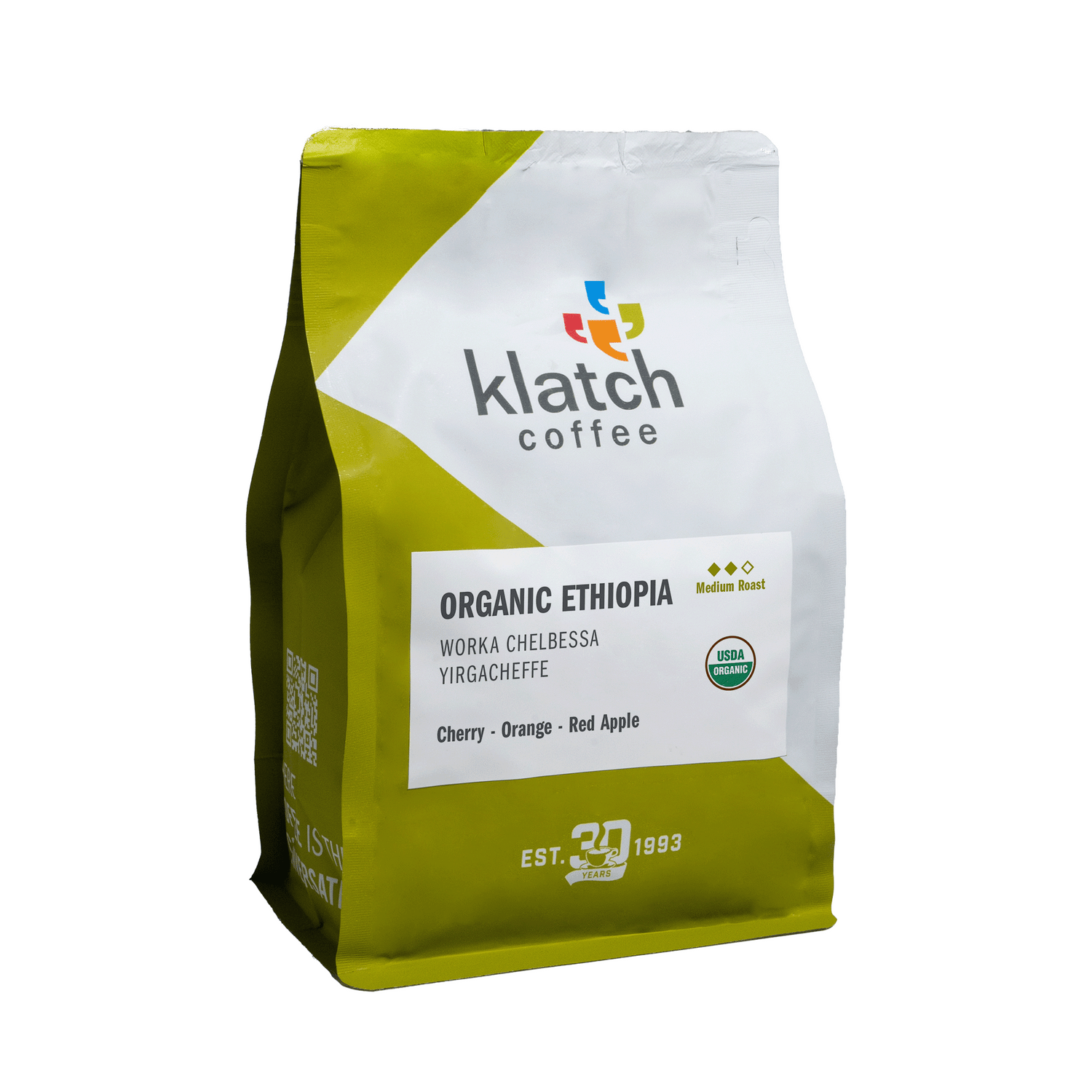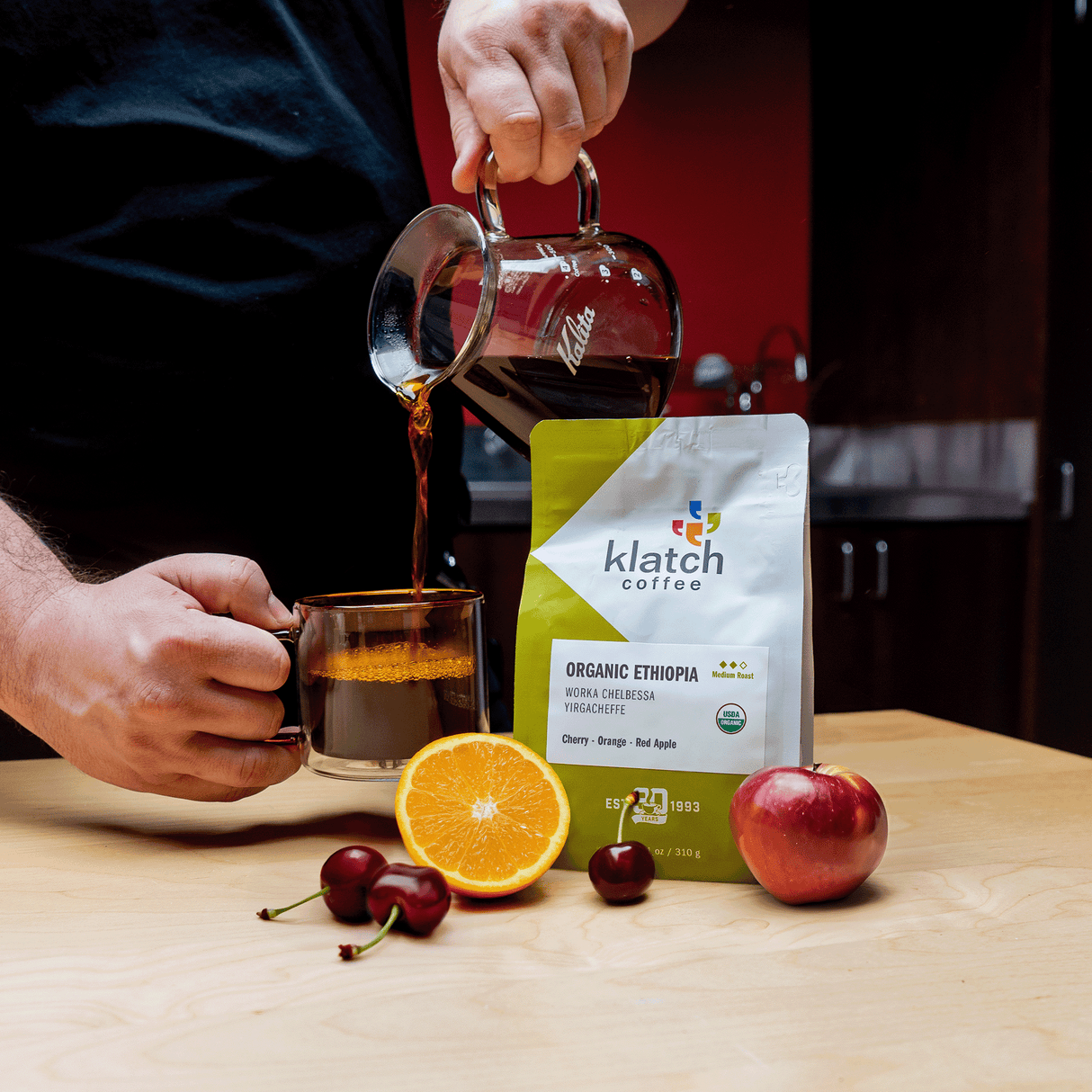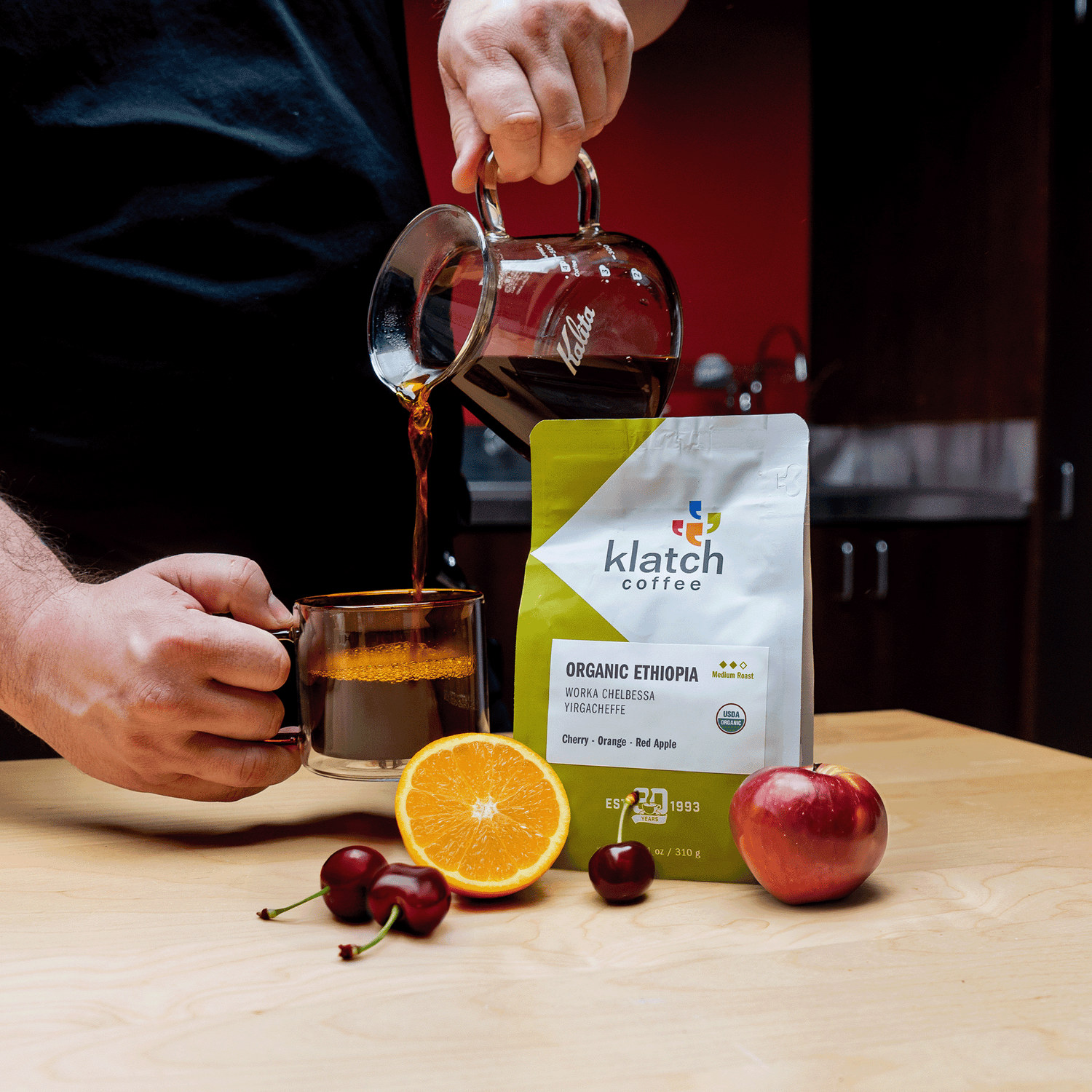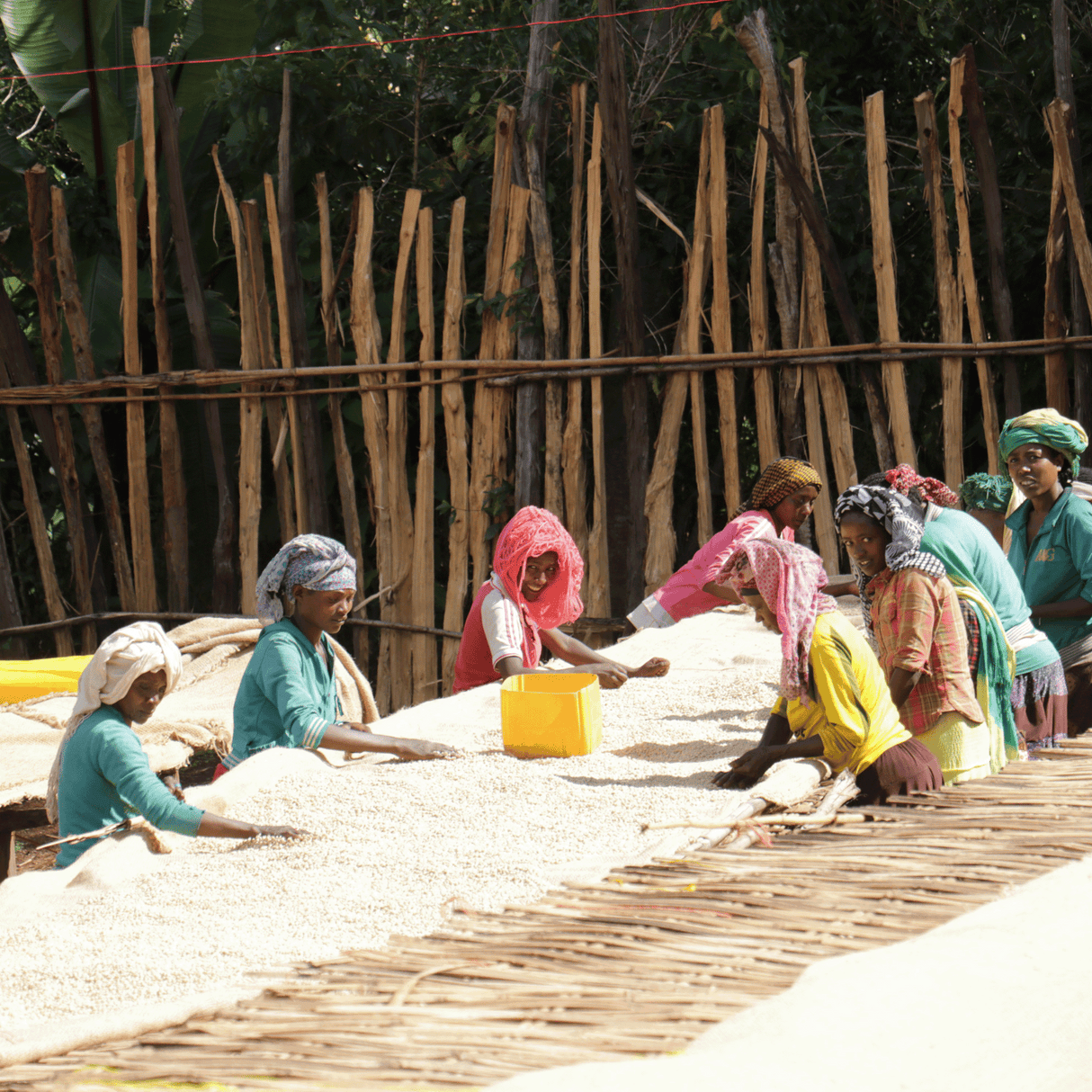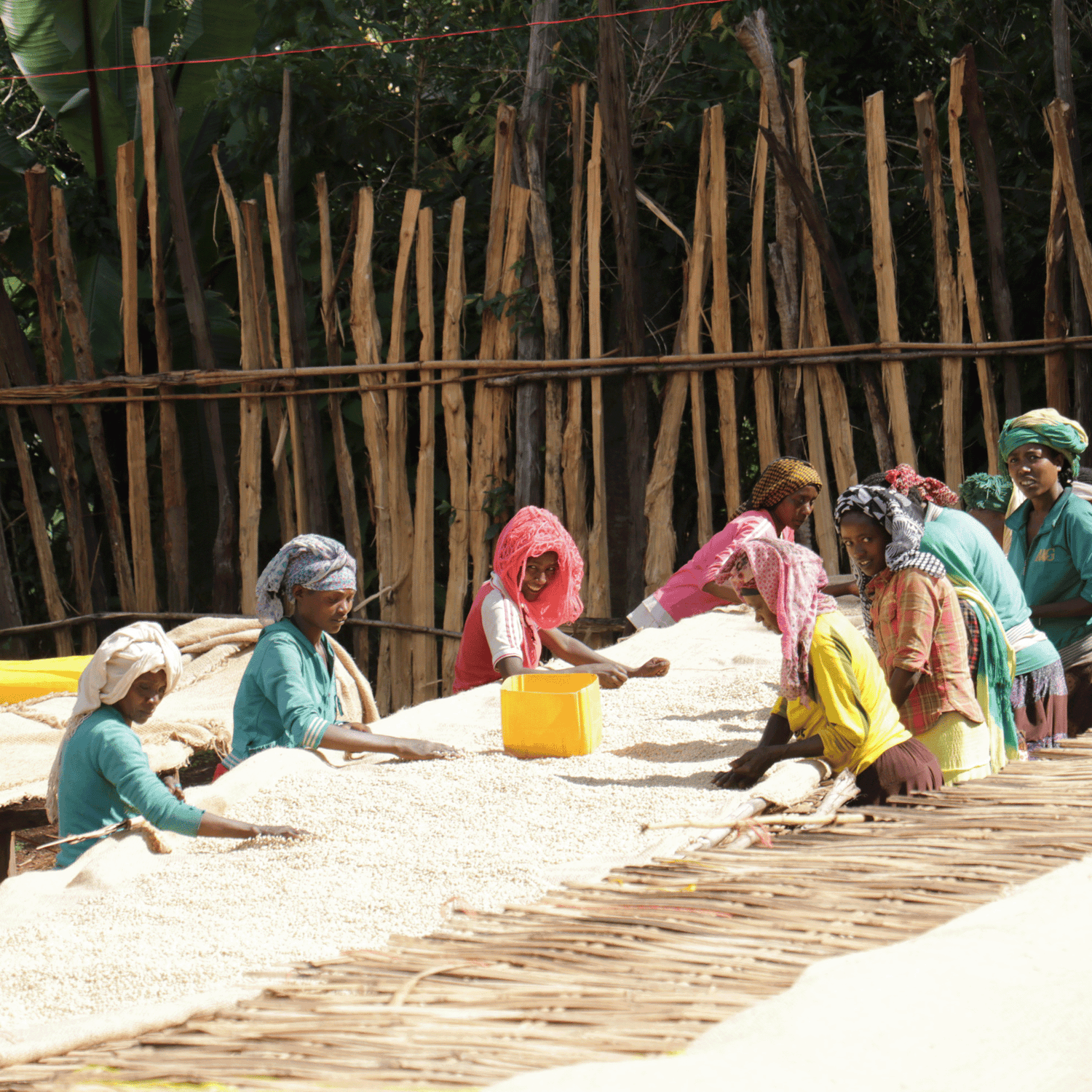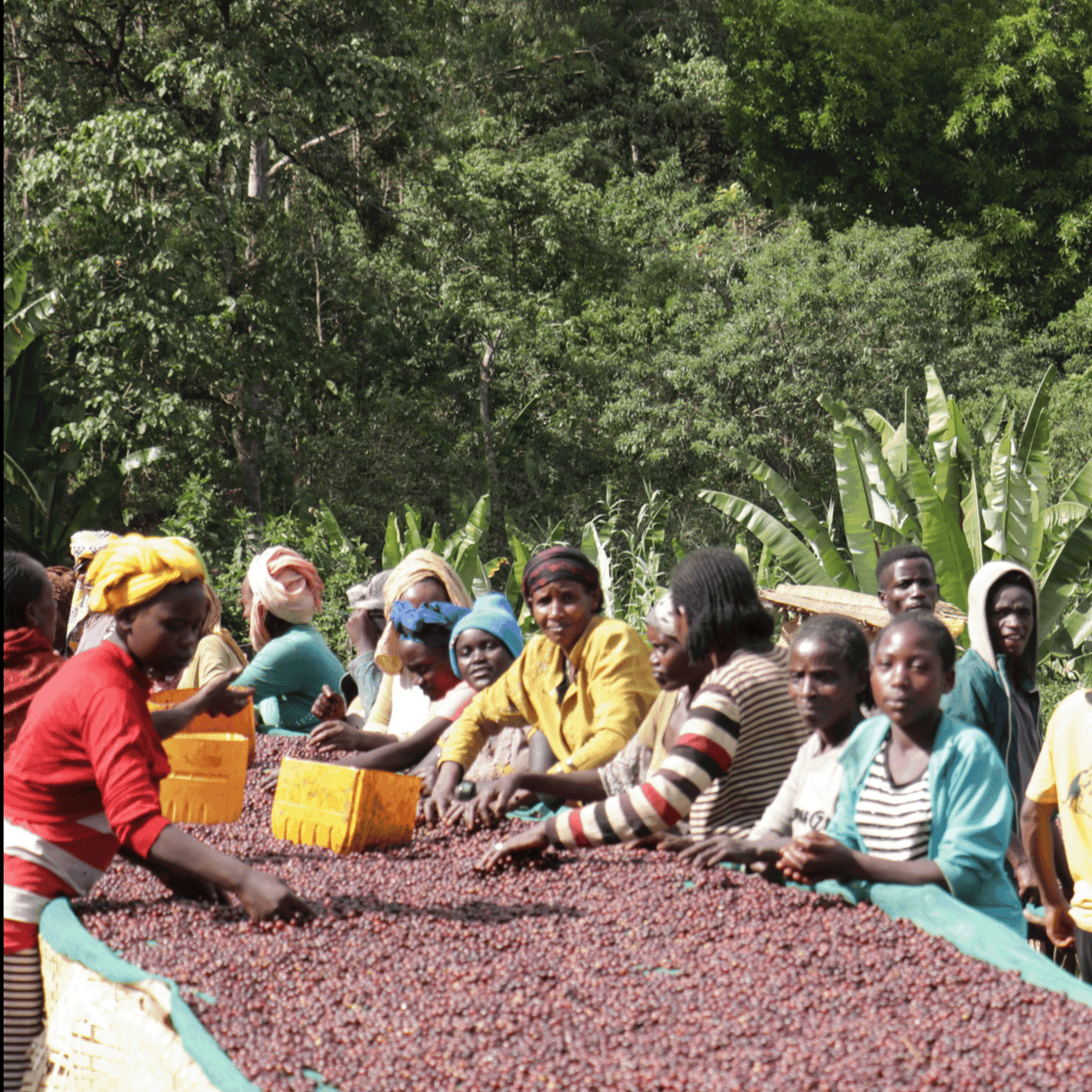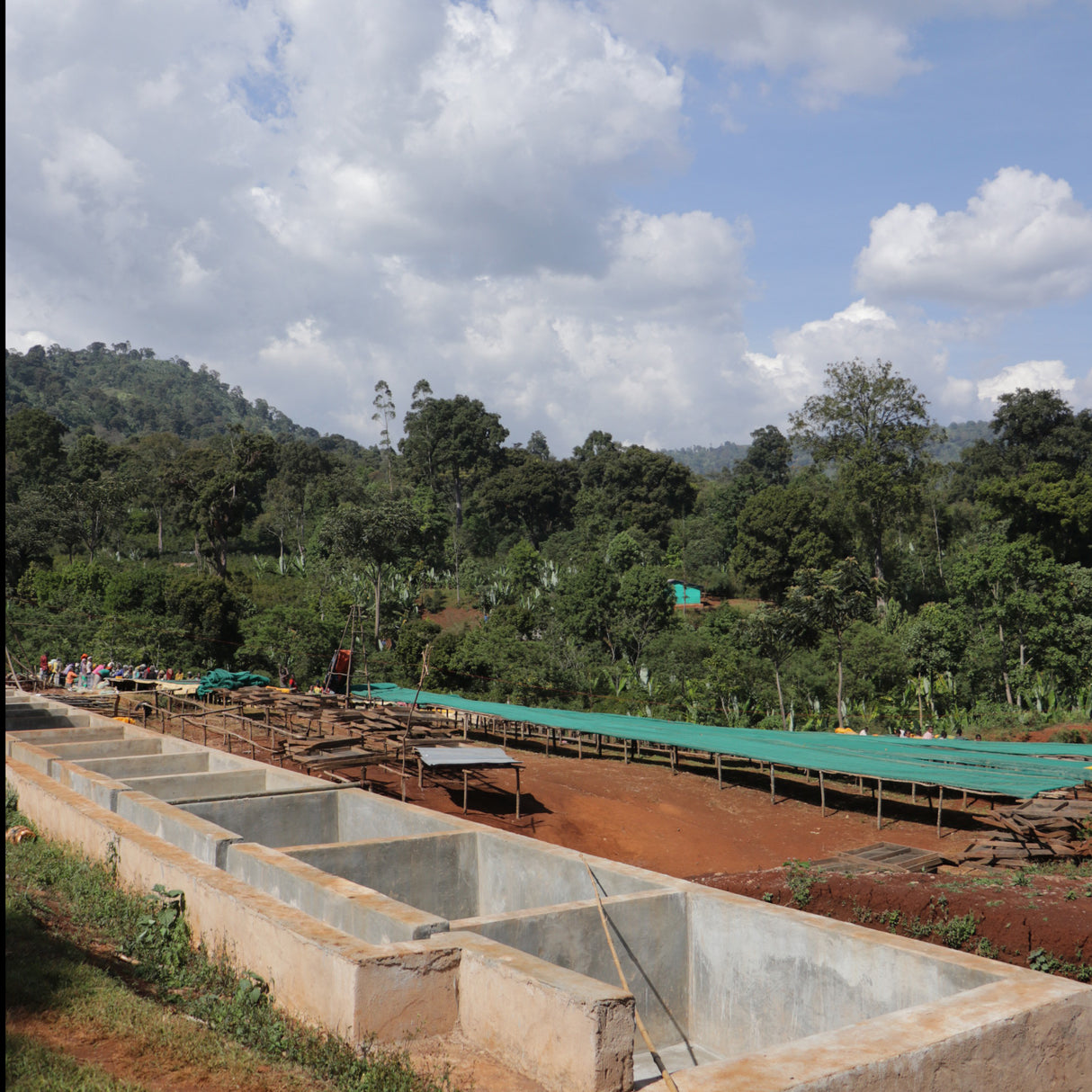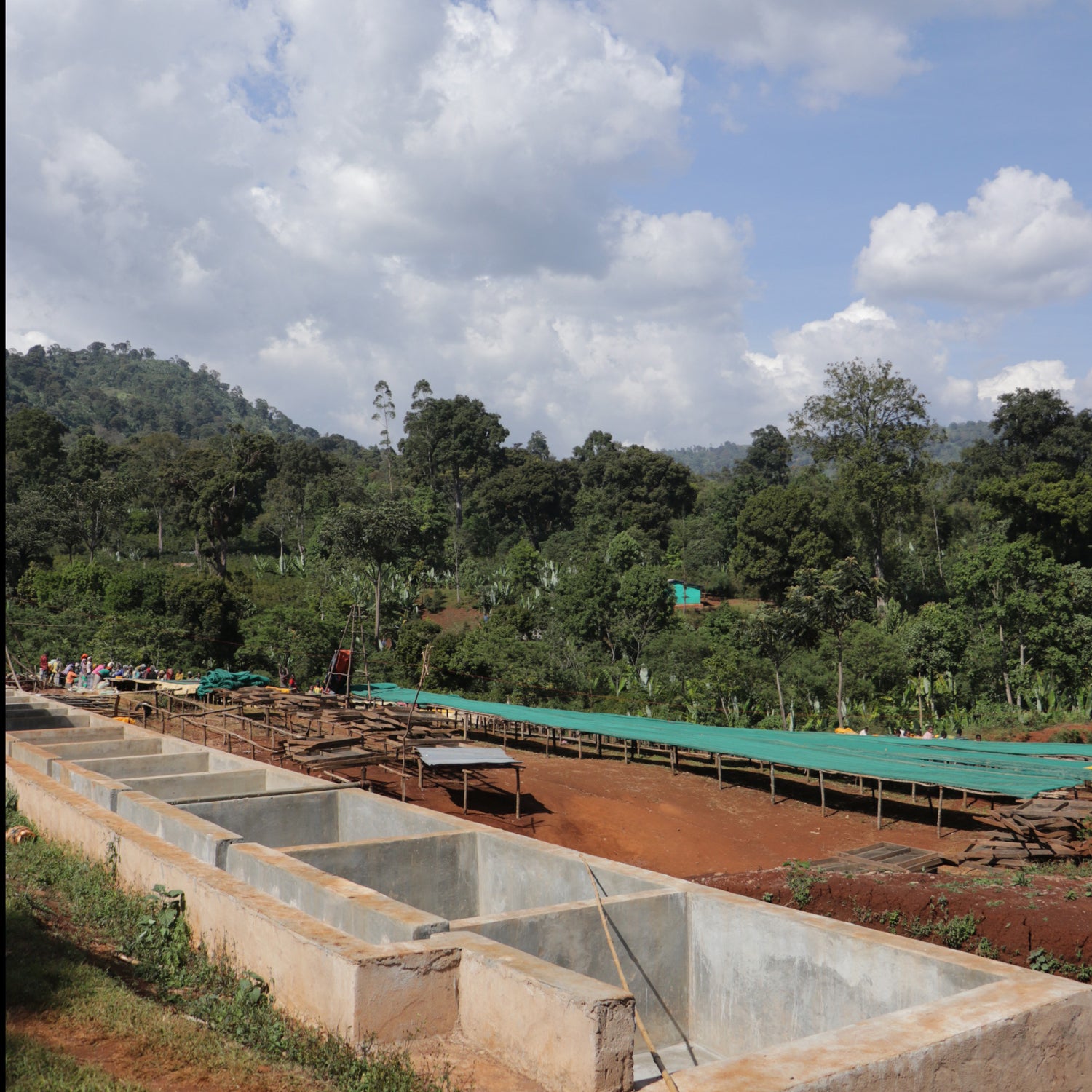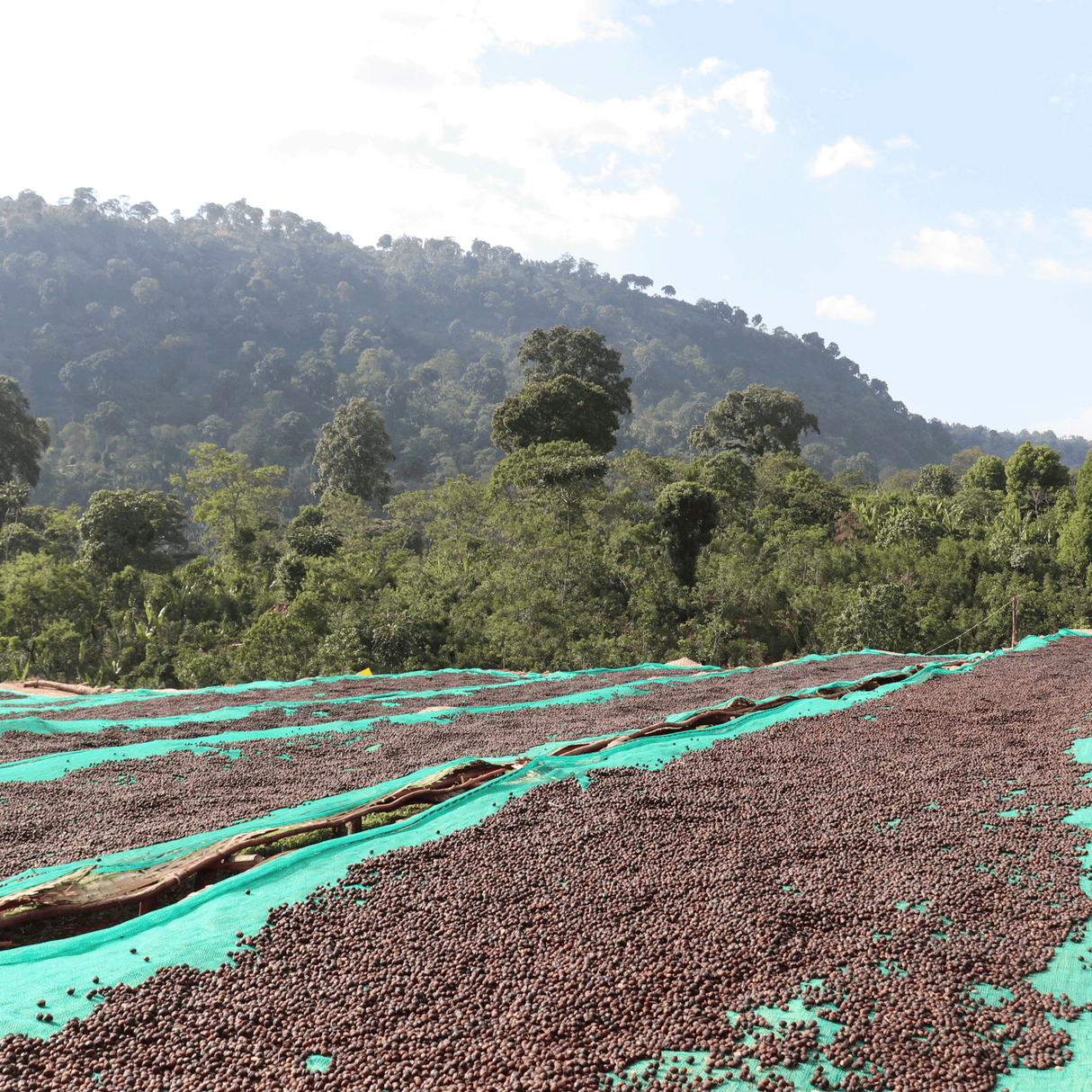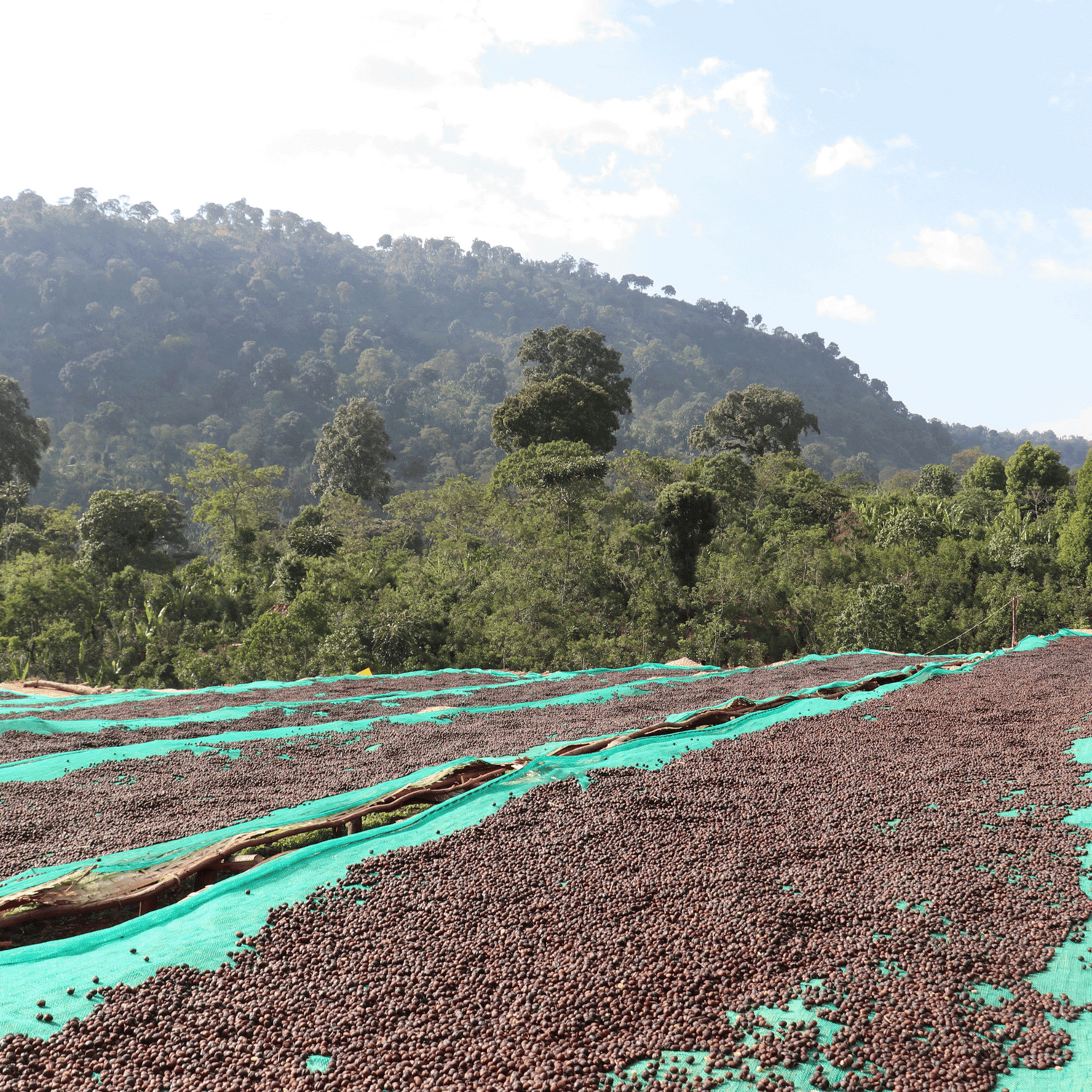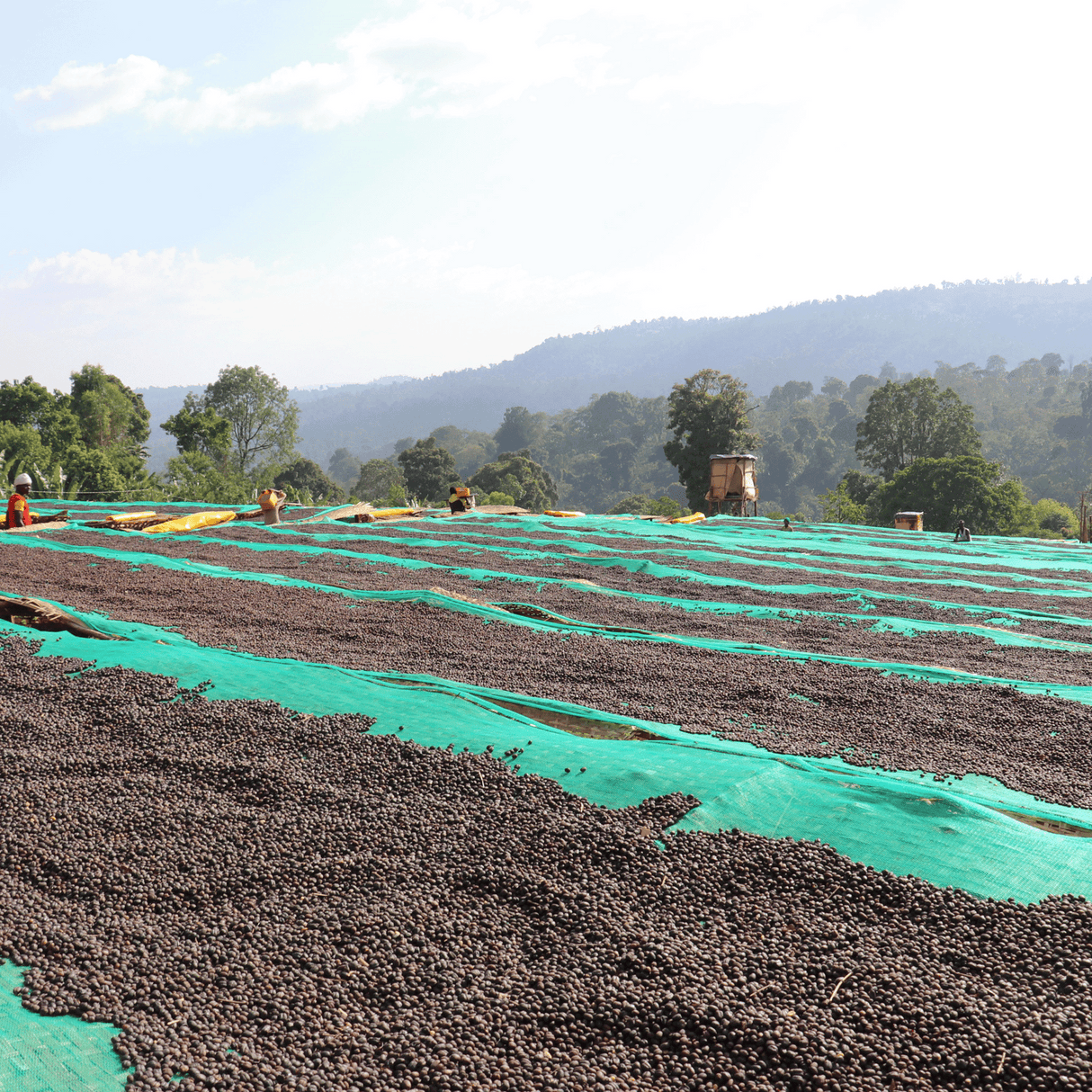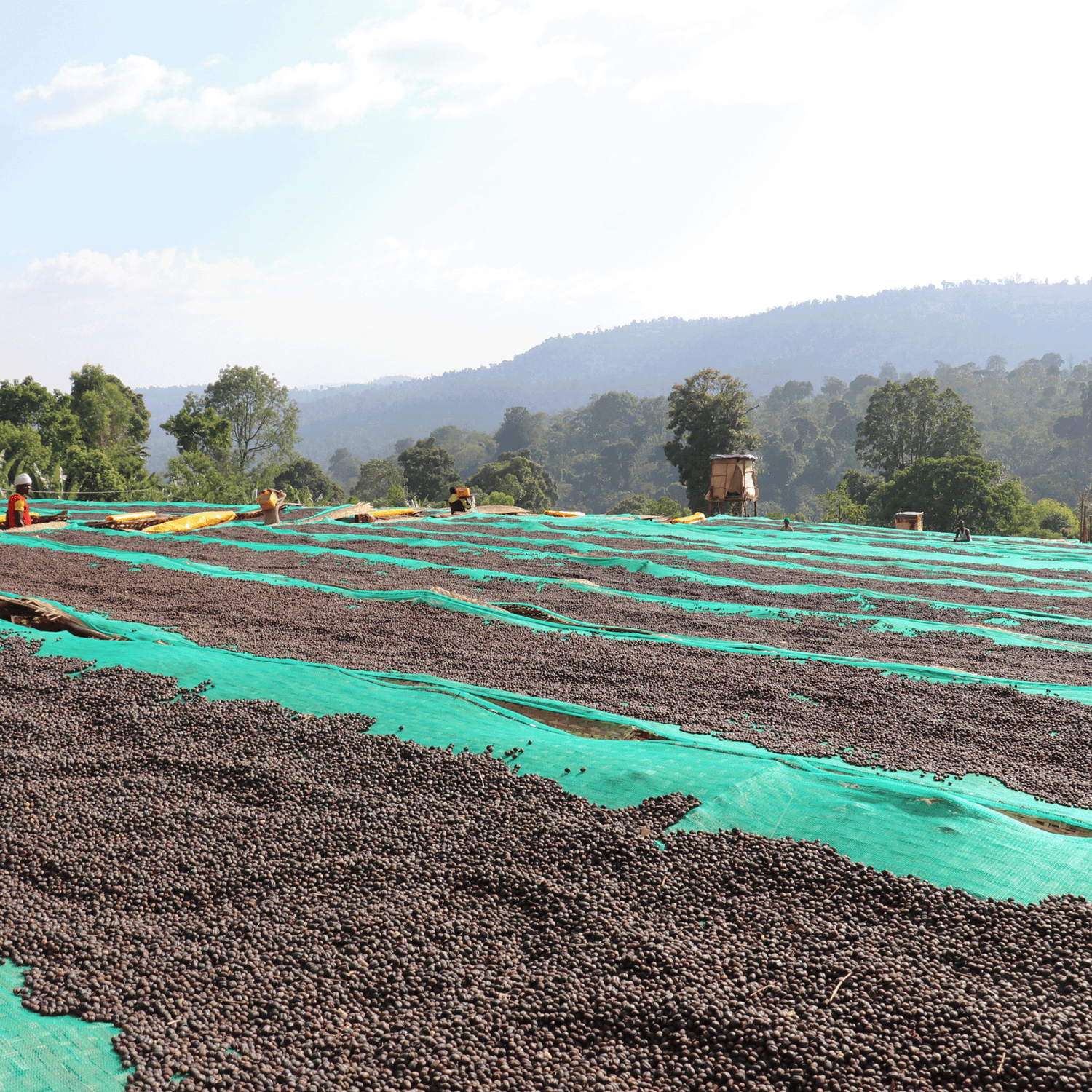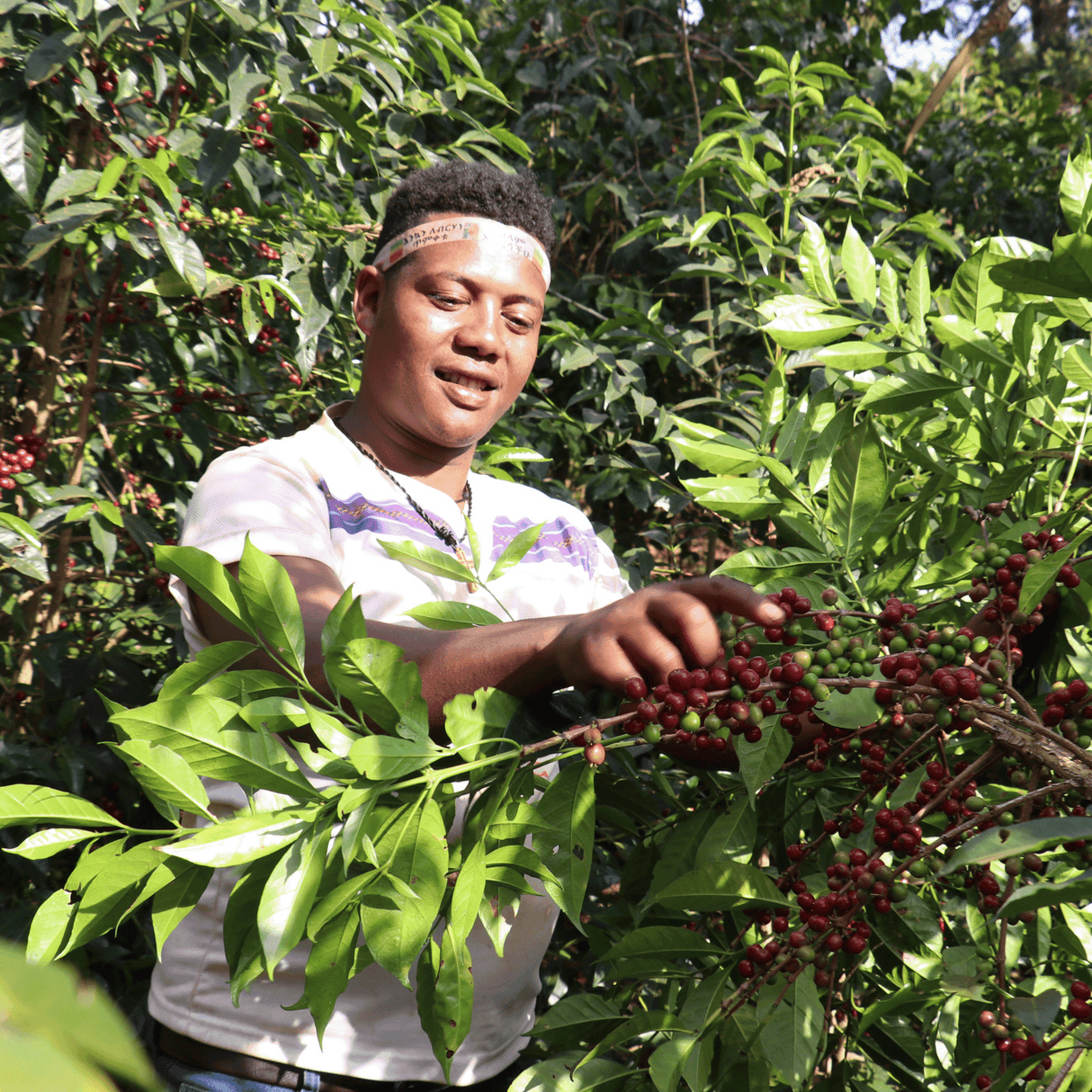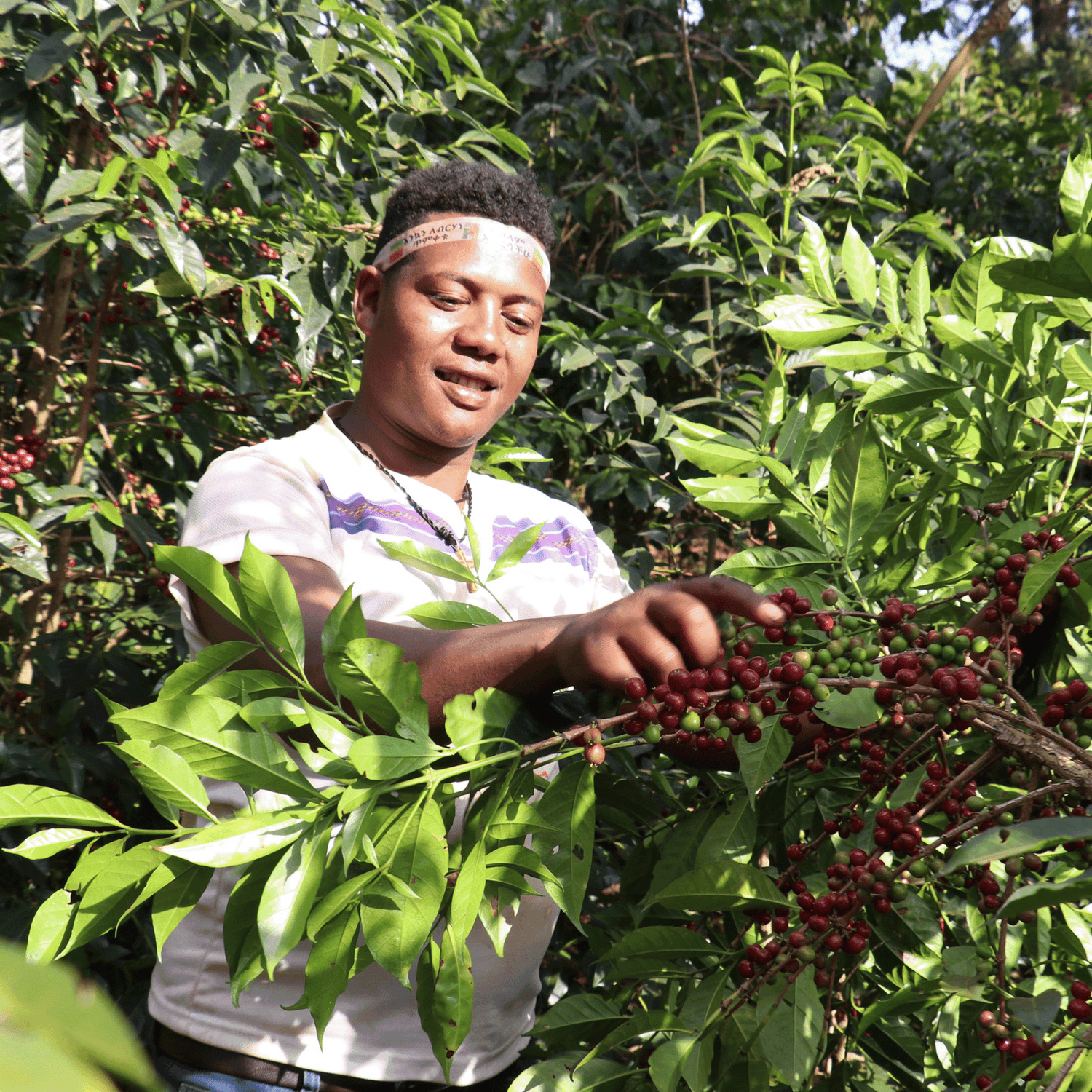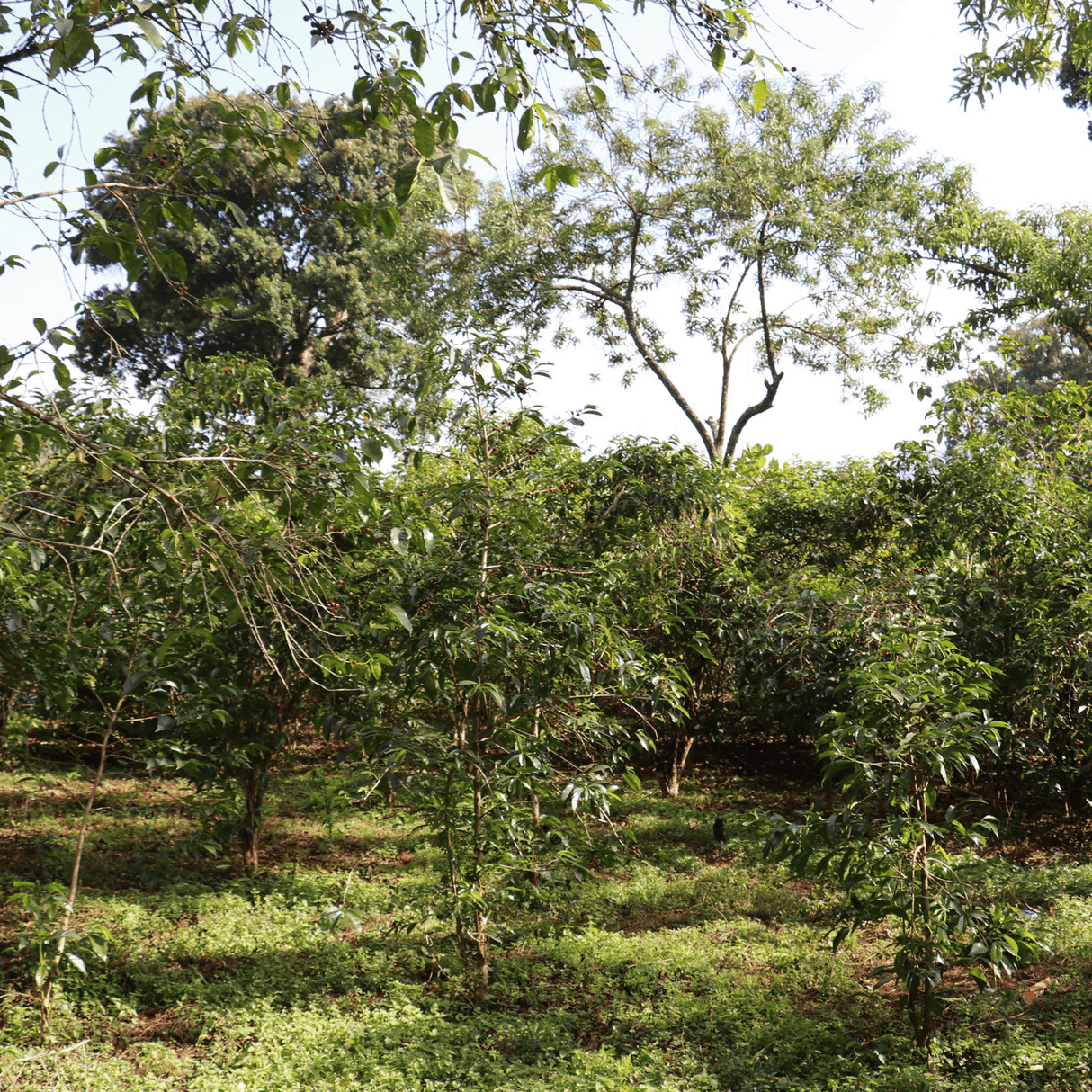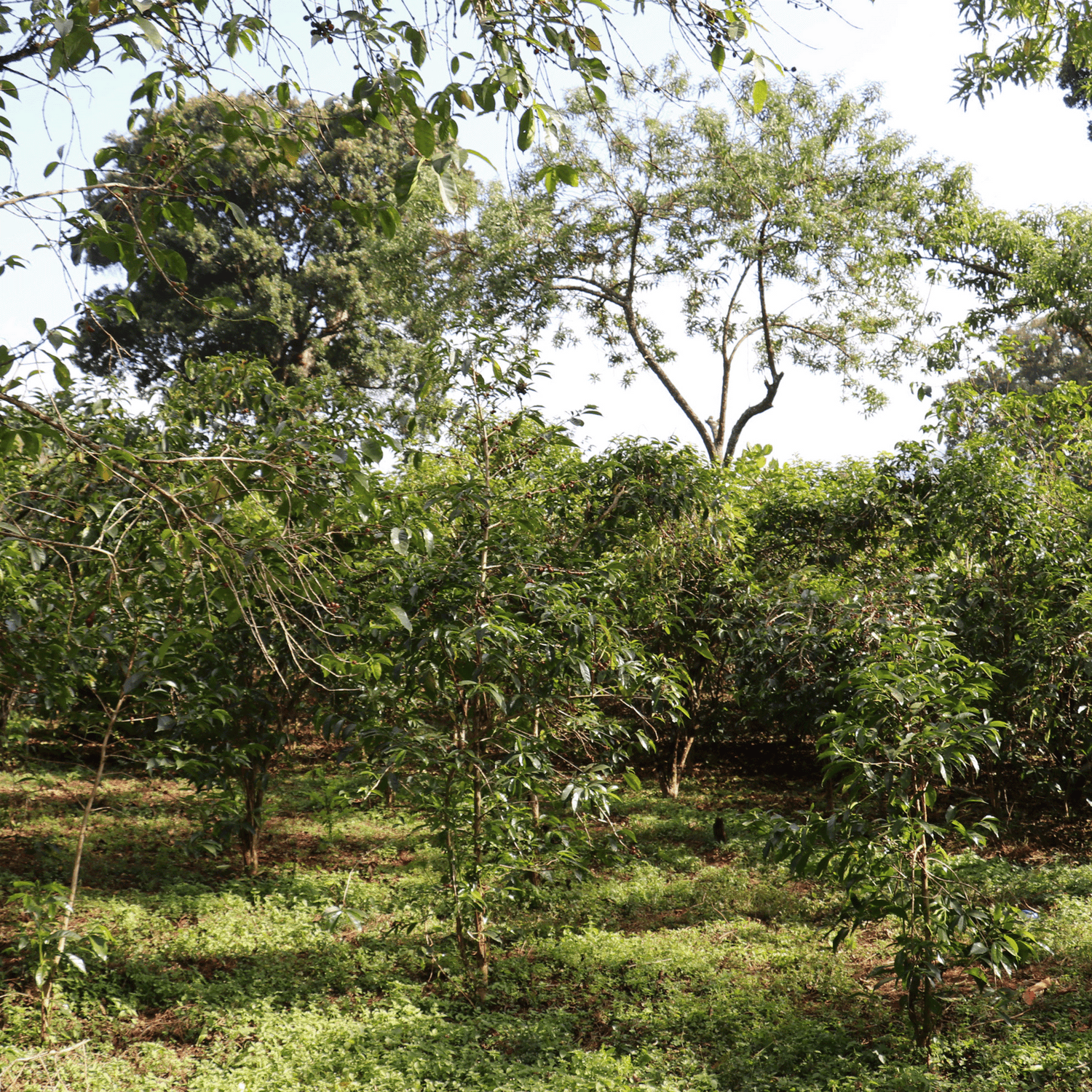Organic Ethiopia Worka Chelbessa Yirgacheffe
Roasted to Order
Roasted to Order
Always roasted to order, so you receive the freshest coffee possible.
Free shipping on orders over $50
Free shipping on orders over $50
Enjoy free shipping on all $50 orders.
Starting a club subscription? Shipping on club orders is always free, regardless of order size.
Description
Description
Get ready to fall in love with every sip! Discover the vibrant, Organic Ethiopia Worka Chelbessa Yirgacheffe — a standout coffee crafted with care using traditional submerged water fermentation in a classic washed process. This medium roast bursts with a dazzling flavor profile of fresh cherries, zesty orange, and juicy red apple, all wrapped in a smooth finish of sweet raw honey and floral undertones. It’s not just a coffee — it’s your new daily obsession!
Specifications
Specifications
-
Roast Level
-
VarietalEthiopia Landraces, Heirloom
-
Process
-
Farm
-
Farmer
-
Region
-
Mouthfeel
SNAP Specialty Coffee
SNAP Specialty Coffee
A Region Rooted in Richness
A Region Rooted in Richness
Payment Methods
Quick, easy, and secure
Klatchcoffee.com accepts Visa, Mastercard, PayPal, and Apple Pay.
